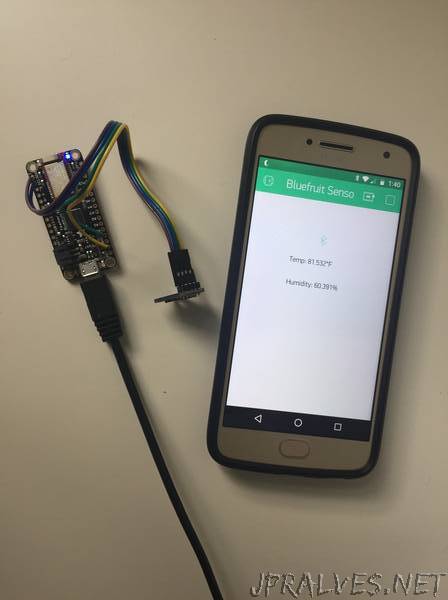
“Monitoring environmental conditions in cultural heritage organizations is vitally important to ensure effective preservation of collections. Environmental monitoring systems may range from stand-alone data-loggers to more complex networked systems and can collect a variety of sensor data such as temperature, humidity, light, or air quality measures. However, such commercial systems are often costly and limited in customizability and extensibility. This article describes a do-it-yourself network of Bluetooth Low Energy-based wireless sensors, which seeks to manage earlier-identified trade-offs in cost, required technical skill, and maintainability, based on the Raspberry Pi™ single-board computer and a series of microcontroller boards. This builds on the author’s prior work exploring the construction of a low-cost Raspberry-Pi™-based datalogger, iterating upon reviewer and practitioners’ feedback to implement and reflect upon suggested improvements.
Introduction
Controlling environmental conditions is an important tool used in preserving collections, with building design and HVAC systems widely used to achieve the desired conditions. Tools used in conjunction with HVAC systems are independent datalogger devices, which store and monitor data such as temperature, relative humidity, light, and air quality. Commercial devices in this realm are available from vendors such as Onset® (with HOBO® dataloggers) and the Image Permeance Institute (IPI). These range from simple dataloggers with USB access (such as the PEM2® dataloggers) to more complex and costly networked solutions that include WiFi or Bluetooth capabilities. [1] Used in combination with data collection devices are tools for reporting and data analysis. The IPI’s eClimateNotebook® is a popular choice for integration with IPI’s dataloggers or other devices whose data can be imported in a suitable text file format.
Challenges have emerged over time with the use of these devices in practice, with archival professionals occasionally turning to devices in other domains, such as weather monitoring stations or low-cost generic consumer temperature sensors to overcome these issues. A review of related literature and the findings of a focus group with archival practitioners revealed notable problems including difficulty monitoring collections that are housed off-site, budgeting for costly devices, excessive time spent in collecting data by hand from dozens of devices, and maintaining devices that are unable to be recalibrated easily. [2] The available commercial devices can be both costly and inflexible in supporting new uses or novel data analysis tools and methods.
Though there is existing research in this area that has focused on developing and deploying wireless sensor networks (WSNs) for environmental monitoring within cultural heritage organizations (e.g., Londero et al., 2016; Klein et al., 2017) these have not yielded reusable, open hardware and software solutions that could more widely serve cultural heritage organizations. On a much smaller scale, a simple temperature and humidity logger is a popular do-it-yourself (DIY) project that many tinkerers with interest in microcontrollers have created. There are numerous open source projects, tutorials, and Github repositories with creators showcasing their code and solutions in this area, though the majority approach these projects from the home automation perspective and do not specifically address the needs of cultural heritage organizations.”
